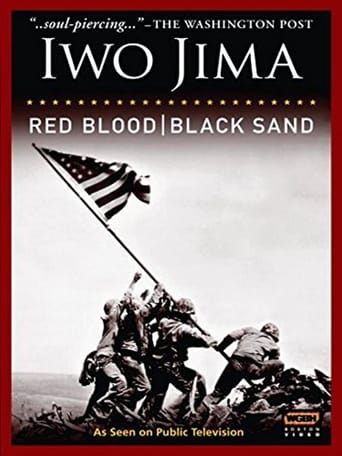



Plot so thin, it passes unnoticed.
Most undeservingly overhyped movie of all time??
A lot of perfectly good film show their cards early, establish a unique premise and let the audience explore a topic at a leisurely pace, without much in terms of surprise. this film is not one of those films.
View MoreStrong acting helps the film overcome an uncertain premise and create characters that hold our attention absolutely.
View MoreThe program outlines the recruitment, preparation, combat experience, and post-war adjustments of about a dozen Marines who fought on Iwo Jima.Fifty years after the event, it's still difficult for some of them to talk about it and difficult for us to listen. The narrative itself is almost too sad to bear.The only non-participant to contribute is a young military historian with a combat record in the Middle East. His may be the most objective perspective because the other tales we hear are very personal, but the historian is able to pull these disparate observations together and lay out a generalization. There are few maps and no graphics. We don't get a sense of any progress on our part because that's not the focus of the film.The fighting on Iwo Jima was savage, bloody, and up close. The casualty rate was extremely high for the Marines and nearly 100% for the Japanese defenders. Yet the veterans we see, although sometimes moved to tears, have survived and moved on with their lives. None has suffered from post-traumatic stress disorder, at least as far as it's possible to tell. They may have been reluctant to admit it, or that sort of material may have been edited out of the film. For most of American history, PTSD was considered a form of mental weakness or cowardice. It was only after his death that Audy Murphy's torment became public.The larger question, of course, is what drives men to kill others of their own species. I have to wonder about things like that because I'm an anthropologist. Imagine any animal -- ants, if you like -- who can't seem to help periodically trying to exterminate their neighbors. The answer probably has little to do with common sense. More likely it stems from literally primitive sub-cortical structures in the brain. One of the men refers to adrenaline and the "fight or flight response" and he's probably on the right track. The answer will probably come not from philosophy or morality but from neuroscience.
View More